Research Deep Dive - Health Impacts of Quartz Products and Engineered Stone
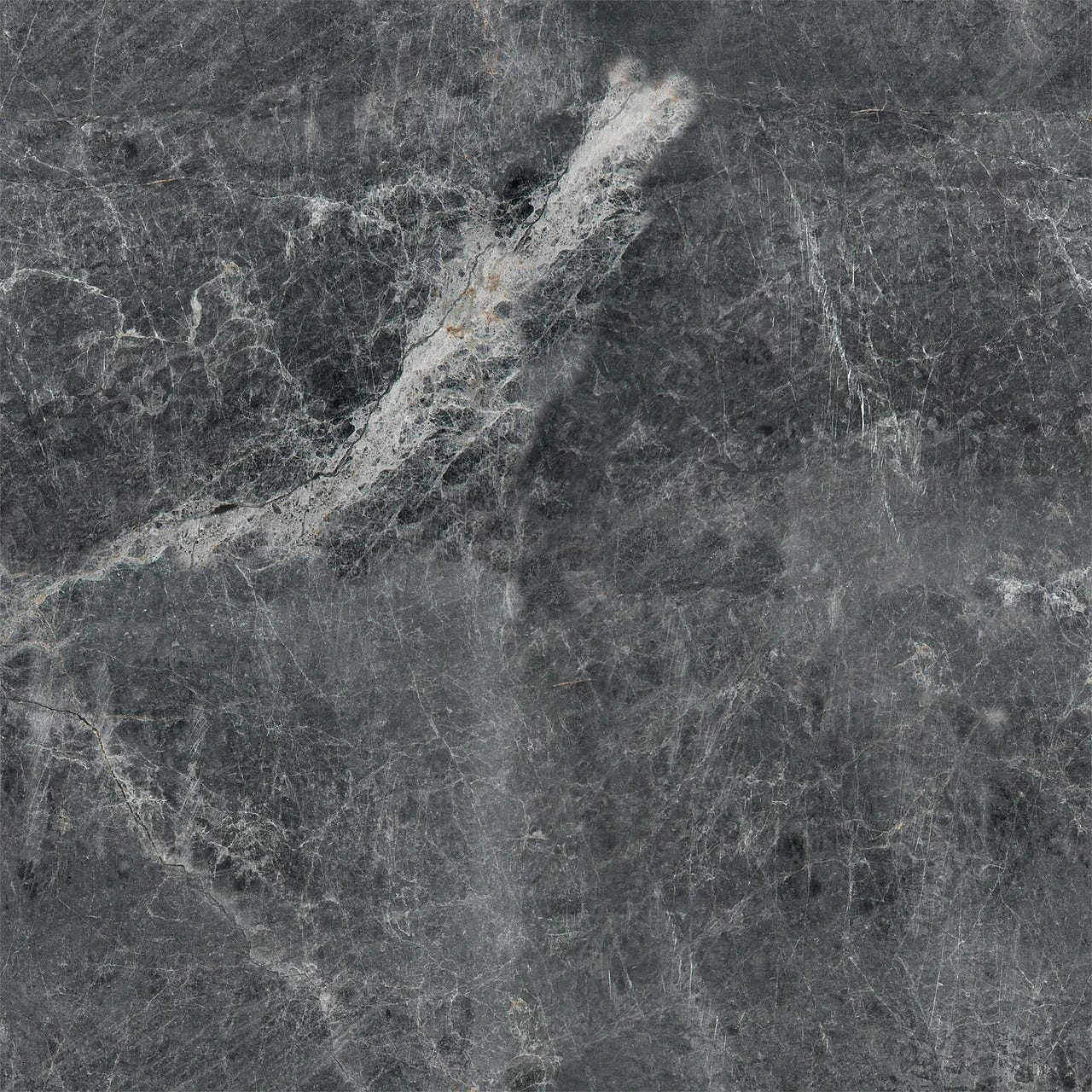
Image from Pexels
 This document summarizes research and findings related to silica, aiming to illuminate the potential health impacts associated with engineered stone. It is important to note that this article should not be viewed as a comprehensive overview of the overall sustainability of engineered stone.
This document summarizes research and findings related to silica, aiming to illuminate the potential health impacts associated with engineered stone. It is important to note that this article should not be viewed as a comprehensive overview of the overall sustainability of engineered stone.
Introduction
In the construction and interior design industries, quartz products and engineered stones have gained significant popularity for their aesthetic appeal and durability, especially in countertops and other surface materials. These materials, however, come with hidden dangers that are increasingly raising concerns among health professionals and regulatory bodies. The primary issue lies in their crystalline silica content, a component that, when disturbed during processes such as cutting, grinding, or polishing, releases hazardous dust particles into the air. Crystalline silica exposure has been linked to serious health conditions, including silicosis, lung cancer, and chronic obstructive pulmonary disease (COPD), causing a growing number of lawsuits and bans in various regions.
This article dives into the health risks associated with crystalline silica in quartz and engineered stone, recent findings in the industry, and safer alternatives available for those looking to minimize health risks without sacrificing quality or aesthetics.
Understanding Quartz and Engineered Stone
Quartz and engineered stone have become staple materials in the construction and interior design sectors, known for their versatility, durability, and aesthetic qualities. Engineered stone is often used as a man-made alternative to natural stone like granite, and quartz products are particularly popular for countertops, flooring, and wall cladding in both residential and commercial spaces.
Composition and Differences
Quartz products are composed primarily of crystalline silica, a naturally occurring mineral. Engineered stone, on the other hand, is a composite material made by combining quartz with resins, pigments, and other materials. In many cases, these engineered products contain up to 90–95% crystalline silica, making them a significant source of silica dust during fabrication and installation.
Crystalline silica exists in two primary forms: amorphous silica (which is chemically similar to glass and poses less health risk) and crystalline silica (which is harmful when inhaled). When quartz products and engineered stones are cut, ground, or polished, tiny crystalline silica particles can become airborne and inhaled, leading to a range of severe health issues. This contrasts with amorphous silica, which lacks the sharp, abrasive crystalline structure that causes lung tissue damage.
Use in Construction and Design
Both quartz and engineered stone are favored for their durability and resistance to stains, scratches, and heat. Their widespread use is especially evident in countertops and other surfaces that are frequently subjected to heavy use in kitchens, bathrooms, and commercial spaces. While aesthetically pleasing and functional, the high crystalline silica content in these materials presents serious health risks, especially to workers involved in fabrication.


Health Risks Associated with Crystalline Silica
Crystalline silica, primarily in the form of quartz, poses significant health hazards when inhaled. These risks are most pronounced during the cutting, grinding, or polishing of quartz products and engineered stone, as these activities release fine silica particles into the air. These particles are small enough to be inhaled deep into the lungs, leading to irreversible and often fatal conditions.
Silicosis: A Serious Lung Disease
One of the most severe health risks associated with crystalline silica exposure is silicosis, an incurable lung disease caused by inhaling silica dust. Silicosis occurs when silica particles become embedded in lung tissue, causing inflammation and scarring, which eventually restricts the lung’s ability to absorb oxygen. Over time, this condition worsens, leading to symptoms such as severe shortness of breath, persistent cough, and fatigue.
The World Health Organization (WHO) and other occupational health bodies have documented that silicosis can develop in three forms:
– Chronic silicosis, which develops after prolonged, low-level exposure to silica dust.
– Accelerated silicosis, which occurs after shorter, higher-level exposure.
– Acute silicosis, which can develop after intense exposure over a matter of weeks or months.
Other Respiratory Issues: COPD and Lung Cancer
In addition to silicosis, exposure to crystalline silica has been linked to other respiratory conditions, including chronic obstructive pulmonary disease (COPD) and lung cancer. Studies have shown that workers exposed to crystalline silica dust are at a higher risk of developing lung cancer, with prolonged exposure significantly increasing this risk. The International Agency for Research on Cancer (IARC) has classified crystalline silica as a Group 1 carcinogen, which means there is sufficient evidence to conclude that it causes cancer in humans.
Recent Cases and Findings
Recent reports, such as those highlighted in The Los Angeles Times, have brought attention to cases of engineered stone workers developing silicosis. A significant case in California involved a jury holding stone companies accountable for a worker’s silicosis diagnosis, which was directly linked to prolonged exposure to quartz and engineered stone.
The surge in silicosis cases, particularly among younger workers, has led to a wave of lawsuits and growing public awareness about the dangers of working with materials containing high crystalline silica content. In New South Wales, Australia, research and litigation have uncovered hundreds of cases of silicosis linked to quartz surface fabrication. This growing body of evidence has sparked discussions about the need for stricter regulations and enforcement in industries where quartz and engineered stones are heavily used.
Bans and Regulatory Actions
In response to the rising number of silicosis cases and increasing awareness of the health risks posed by crystalline silica, several countries and regions have enacted bans and tightened regulations to protect workers and the general public.
Bans on Engineered Stone
Some regions have gone as far as banning engineered stone products that contain high levels of crystalline silica. For instance, Australia has been at the forefront of this issue, implementing strict regulations and bans on engineered stone. Starting in July 2024, Australia will prohibit the manufacture and sale of engineered stone containing more than 0.1% crystalline silica. This decision came in the wake of numerous cases of silicosis among workers involved in the fabrication and installation of engineered quartz products.
In California, the Los Angeles County Board of Supervisors is also considering a ban on certain engineered stone materials due to their high silica content and associated health risks.. These bans are part of a larger global movement to reduce the use of hazardous materials in construction and promote safer alternatives.
Effectiveness and Enforcement Challenges
While bans on engineered stone are a critical step toward safeguarding public health, enforcing these regulations presents significant challenges. Many fabricators and construction companies may continue using materials with high silica content due to their familiarity and widespread availability. Additionally, the growing demand for quartz and engineered stone products adds economic pressure on manufacturers and suppliers to meet market demands.
Ensuring that companies comply with these bans requires robust enforcement mechanisms, including workplace inspections, air quality monitoring, and penalties for non-compliance. In some cases, companies have circumvented regulations by failing to disclose the silica content of their materials or by not adequately protecting workers from exposure.
Retail Giants Remove Engineered Stone Amid Health Concerns
Recently, major retailers such as Bunnings and IKEA have taken significant steps by removing engineered stone from their product lines. This decision reflects growing concerns about the health risks associated with crystalline silica exposure in engineered stone products, particularly during fabrication processes that release hazardous dust. Their proactive stance highlights an industry shift toward prioritizing worker safety and exploring safer material alternatives.
Alternative Materials and Safety Measures
In light of these bans, the industry has begun exploring safer alternatives to engineered stone. Many of these materials are specifically designed to have lower or no crystalline silica content, reducing the health risks associated with fabrication and installation. Additionally, protective measures such as the use of Personal Protective Equipment (PPE), dust suppression techniques like water cutting, and air-quality testing have become standard practices in fabrication shops to mitigate exposure.
Safer Alternatives and Solutions
As the dangers of crystalline silica in quartz products and engineered stone become more evident, the industry is increasingly focusing on safer alternatives. These materials not only reduce health risks but also offer comparable performance in terms of durability and aesthetics. In addition to replacing high-silica content materials, adopting safe working practices is critical for mitigating risks.
Low or No Silica Alternatives
Several materials have emerged as safer alternatives to traditional quartz and engineered stone, thanks to their lower crystalline silica content. Take a look at the below.
Porcelain
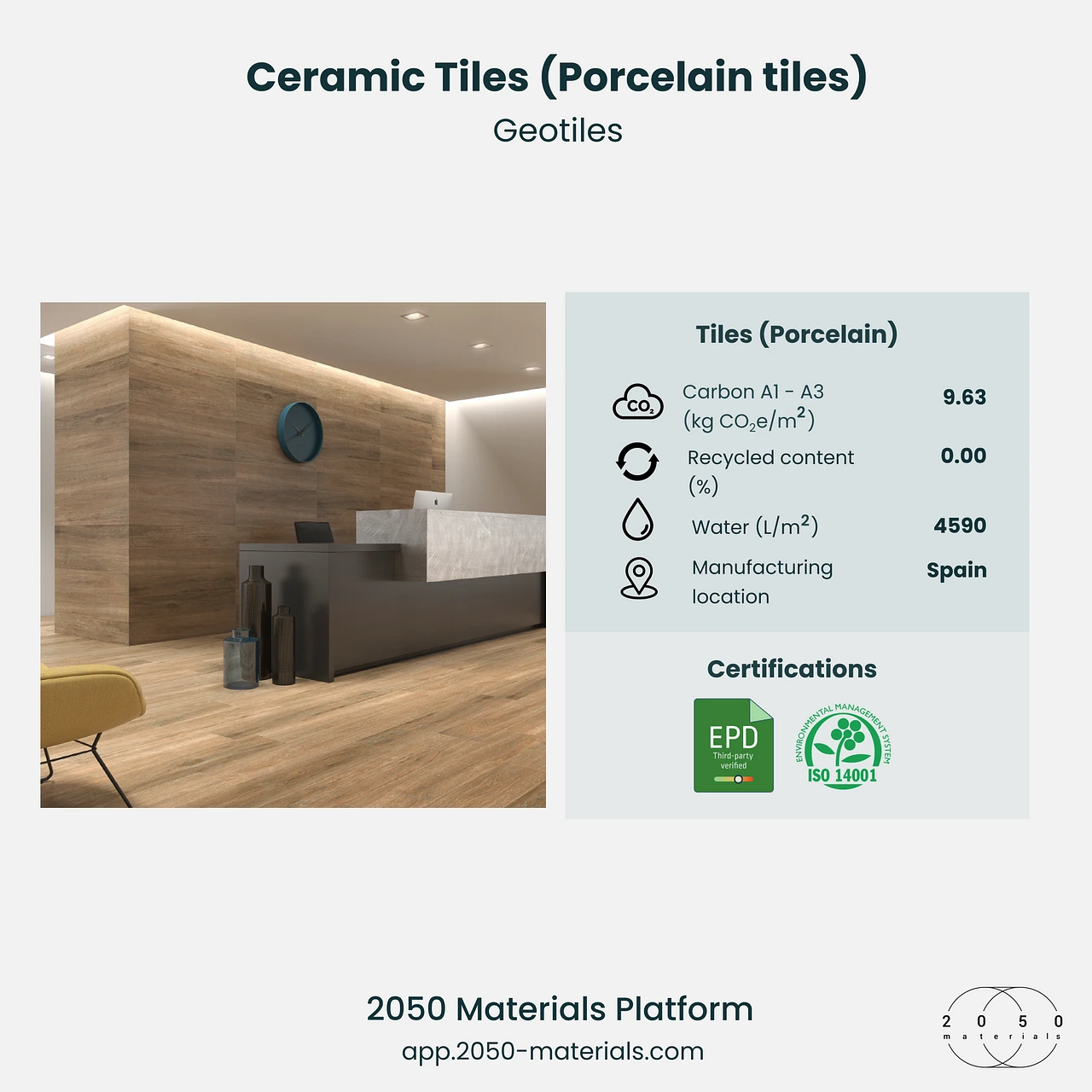
A versatile material with low silica content, porcelain is becoming a popular choice for countertops, flooring, and wall cladding. Its high resistance to impact, stains, and heat makes it a functional alternative with significantly reduced health risks.
Sintered Stone
Made from a combination of minerals, sintered stone can contain as little as 0–12% crystalline silica, providing a durable, high-performance material that eliminates many of the health hazards associated with quartz. It is also suitable for both indoor and outdoor applications, offering UV stability and a wide range of finishes.
Recycled Glass Stone
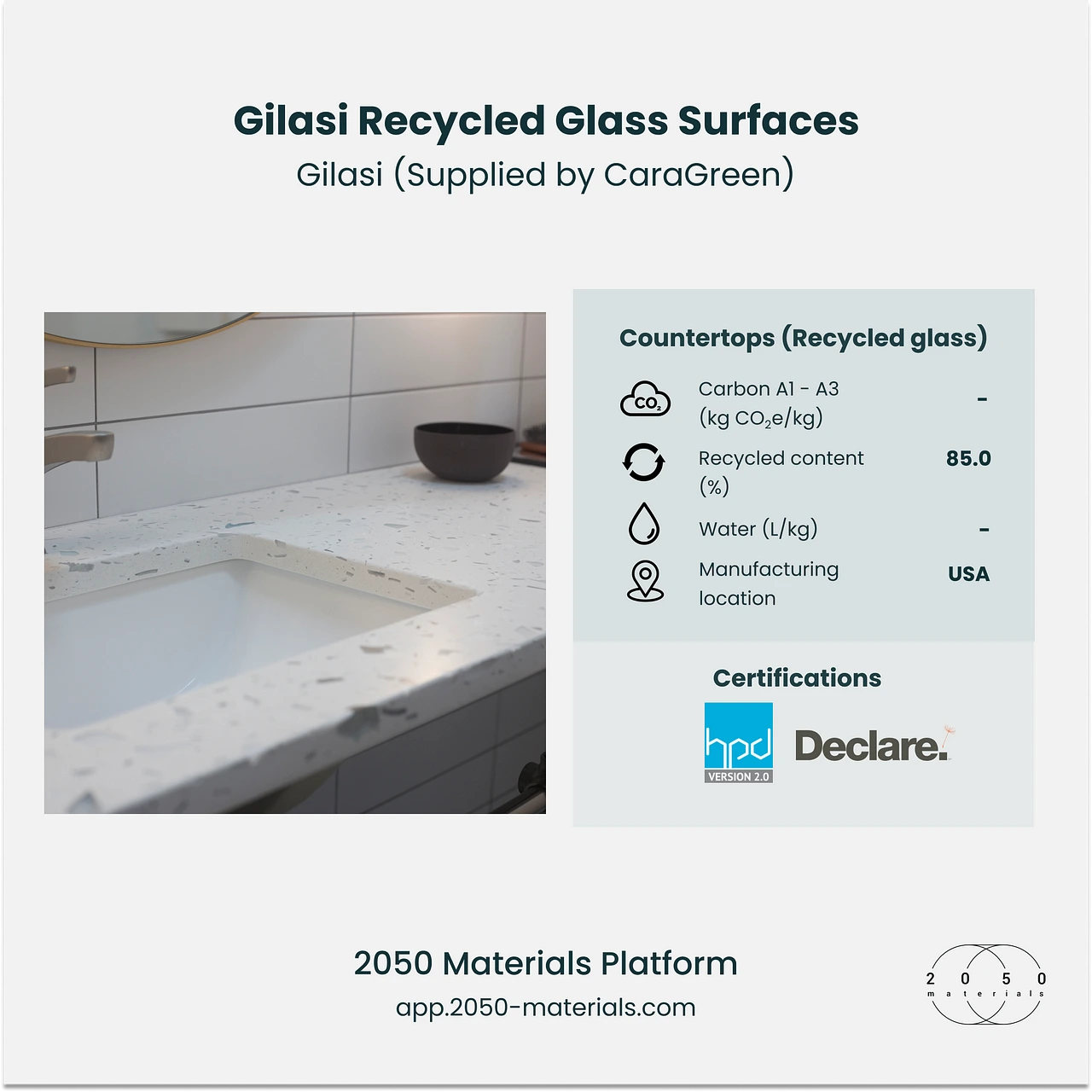
This material reuses waste glass combined with resins, creating a silica-free alternative with a similar aesthetic to quartz. It’s a sustainable option that offers vibrant color choices and durability.
Resin-Based Solid Surfaces
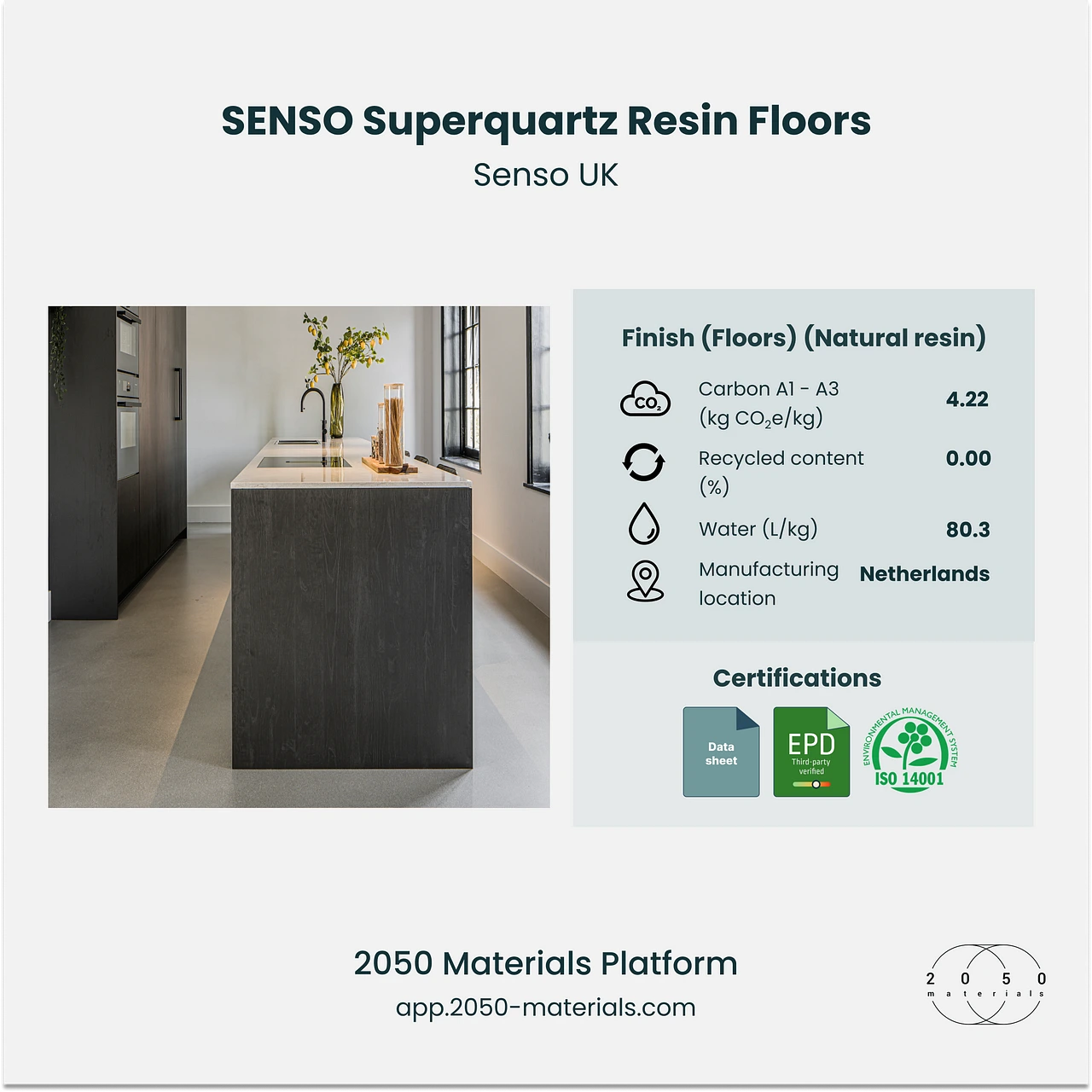
These materials, composed of resins and fillers, are entirely free of crystalline silica. Resin-based solid surfaces offer seamless installation and are highly customizable in terms of color and texture.
Protective Measures and Best Practices
Even when safer materials are unavailable or impractical, adopting effective safety measures can drastically reduce exposure to harmful silica dust. Best practices include:
Personal Protective Equipment (PPE)
Workers should always use appropriate PPE, such as respirators, to prevent inhalation of silica dust.
Water Cutting and Dust Suppression
Using water during cutting or polishing activities significantly reduces the amount of airborne silica. Dust suppression techniques are crucial for minimizing the risk in fabrication shops.
Air Quality Monitoring
Regular air quality testing in workspaces can ensure that silica dust levels remain below the recommended limits set by regulatory bodies like OSHA.
Dust Isolation
Having designated dust isolation areas within fabrication shops can prevent silica dust from spreading to other areas where workers may be at risk.
These measures, when combined with the use of low-silica or silica-free materials, represent a comprehensive strategy for reducing the health risks associated with crystalline silica.
The Role of the 2050 Materials Platform
A Tool for Sustainable and Safer Choices

As awareness of crystalline silica hazards grows, architects, designers, and construction professionals are increasingly turning to platforms like 2050 Materials to make informed, health-conscious material choices. The platform offers a comprehensive resource for finding and comparing beautiful and sustainable building materials for better decision making in early design stages.
By signing up to the platform you get access to a wide library of building materials that contribute to the overall health of the planet and individuals. If you are interested in taking a closer look to the platform, you can check the series of platform tutorials that the 2050 team has created on the channel.

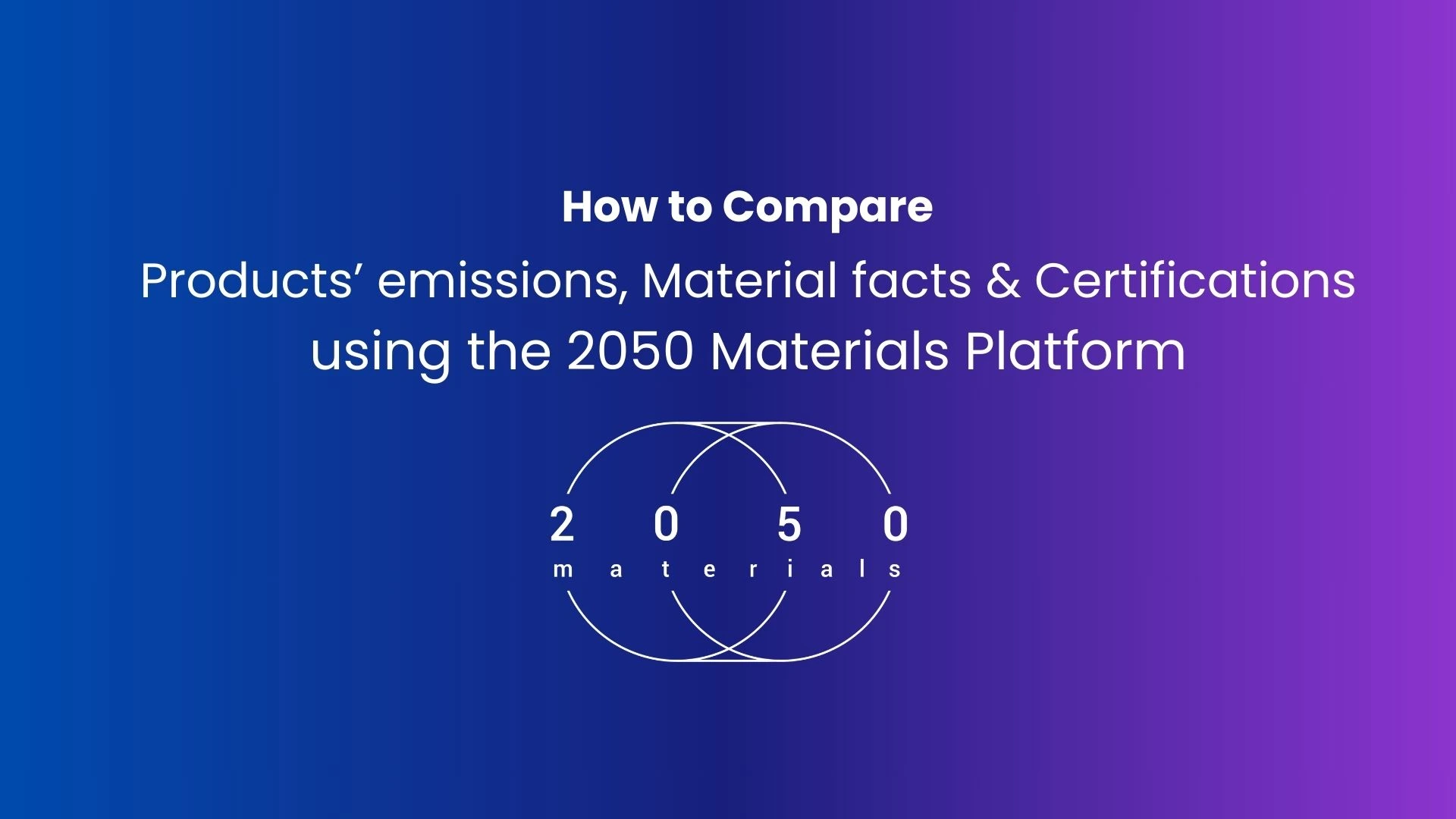
Recap and Call to Action
The widespread use of quartz products and engineered stone has brought significant health concerns, primarily due to the presence of crystalline silica. The risks posed by silica dust, including silicosis, lung cancer, and COPD, have prompted bans and regulatory actions worldwide. However, the industry is evolving, offering a range of safer alternatives and solutions.
By adopting low-silica or silica-free materials, and implementing best practices like PPE usage, dust suppression, and air-quality monitoring, we can significantly reduce the health risks associated with these materials. For those looking to prioritize safety and sustainability, the 2050 Materials platform offers a comprehensive resource to guide material choices and promote safer practices.
Explore the 2050 Materials platform today to discover safer, healthier options for your next project and contribute to a safer future for workers in the construction engineering and design industries.
Sources
- Jury finds stone companies at fault in lawsuit by countertop cutter sick with silicosis — Los Angeles Times
- Engineered stone is now banned. But how safe are the alternatives?- The Conversation
- Crystalline Silica-Free Surfacing — CaraGreen
- Ikea joins Bunnings in banning engineered stone products linked to silicosis — The Guardian
Related articles

Climate-Resilient Materials for the Built Environment: A Data-Centred Prime
As climate volatility intensifies, resilience metrics are fast becoming as critical as carbon data in material selection. This article outlines why adaptation is now a design imperative, how materials can be evaluated through a systems lens, and what KPIs project teams should demand. From self-healing concrete to fire-rated façades, we present a structured taxonomy of resilient materials, explain how to embed this intelligence into digital design workflows, and propose next steps for specification, benchmarking, and procurement.
Read more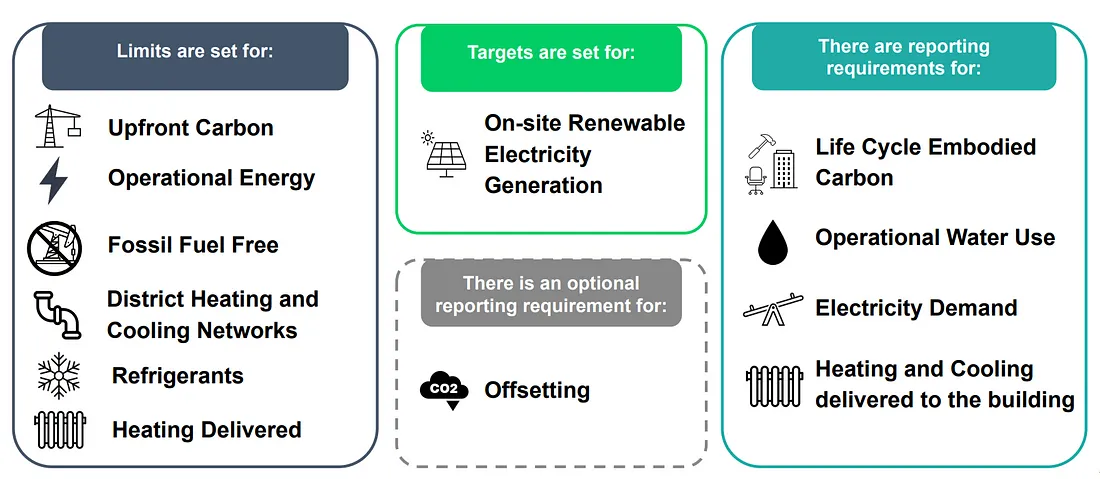
The Release of the Pilot Version of the UK Net Zero Carbon Buildings Standard
In September 2024, the Pilot Version of the UK Net Zero Carbon Buildings Standard (NZCBS) was launched, marking a significant milestone in the decarbonisation of the UK’s built environment.
Read more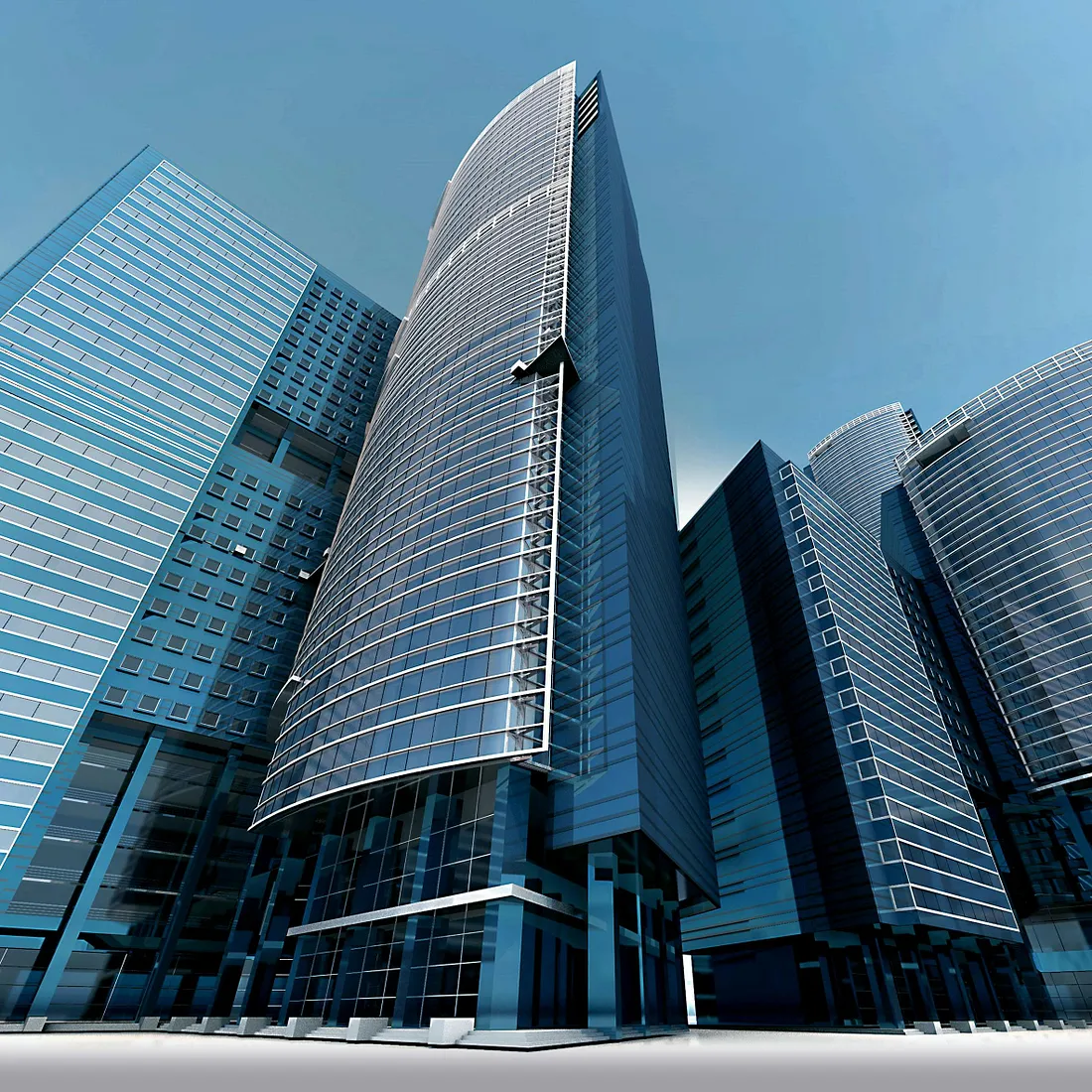
SBTi Launches Comprehensive Framework to Align the Buildings Sector with Net-Zero Targets
The Science Based Targets initiative (SBTi) has released a pivotal framework designed to guide the global buildings sector toward achieving net-zero emissions by 2050.
Read more